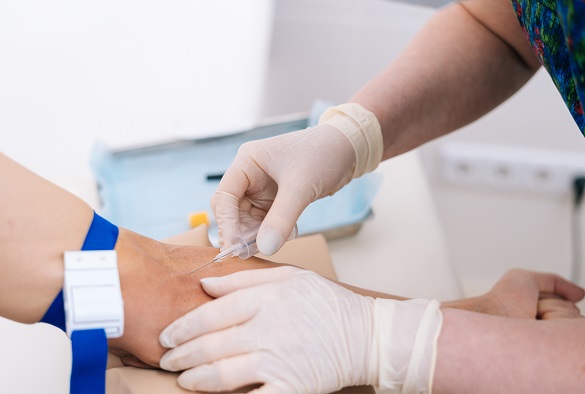
Indivior PLC presented new findings this week at the College on Problems of Drug Dependence (CPDD) Annual Scientific Meeting.
A post hoc analysis showed that patients with heavier fentanyl use experienced clinically meaningful improvements in opioid abstinence when treated with a 300 mg maintenance dose of SUBLOCADE, compared to the 100 mg dose. While the 300 mg dose did not demonstrate a statistically significant advantage over 100 mg for weekly abstinence—the study’s primary endpoint—in the overall population with moderate to severe opioid use disorder (OUD), the results suggest that higher doses of SUBLOCADE may offer better outcomes for individuals with high levels of fentanyl use.
These findings offer additional evidence that the higher maintenance dose of SUBLOCADE is safe and may better support patients with intense fentanyl use patterns. We aim to provide clinicians with new data that can transform treatment strategies and support patients on their journey to recovery
said Christian Heidbreder, Ph.D., Chief Scientific Officer at Indivior.
In the Indivior-funded study, patients with OUD who engaged in high-risk opioid use—such as injection use, high opioid dose consumption, or fentanyl use—received two initial 300 mg injections of SUBLOCADE one week apart. They were then randomized to receive eight monthly maintenance doses of either 100 mg or 300 mg. Both dosing regimens led to significant reductions in opioid use: the average weekly use dropped sharply from over 40 instances at screening to fewer than 3 by Week 3, and this improvement was sustained through Week 38. Notably, no new safety concerns were identified with either the 100 mg or 300 mg maintenance doses.
Indivior also funded research exploring OUD treatment access and outcomes in American Indian/Alaska Native (AI/AN) populations, which were presented at CPDD. AI/AN populations experience disproportionate rates of OUD, drug overdose, and gap in access to OUD care. A thematic analysis of focus group research on nine AI/AN advocates indicated that AI/AN people experience significant barriers to accessing medication for opioid use disorder (MOUD).4-8 Barriers include stigma, institutional challenges, and transitions of care for OUD, highlighting opportunities for culturally appropriate interactive education and institutional advancement.2
These focus group findings are illustrative and can be used to identify avenues for future work, although they may not be generalizable to the full population.
In addition, a large multi-year longitudinal claims database analysis of more than 75,000 AI/AN patients with evidence of OUD showed differences in utilization of MOUD among those seeing Indian Health Services (IHS) vs. non-IHS providers. The majority of patients (73.1%) saw non-IHS providers. Patients treated with any form of MOUD had lower all-cause emergency department vs. those who were not treated with MOUD, highlighting the need for further research to understand MOUD utilization among AI/AN.
The collective evidence from these presentations highlights prominent barriers to effective care and helps map out appropriate treatment approaches for individuals with OUD in challenging treatment settings. Indivior focuses its scientific, treatment, and policy efforts on helping patients access the medications and support they need to recover
said Heidbreder.
For more information, read the original press release.
For more news from the world of long-acting therapeutics, sign up to the CELT's LONGEVITY mailing list here for regular updates.